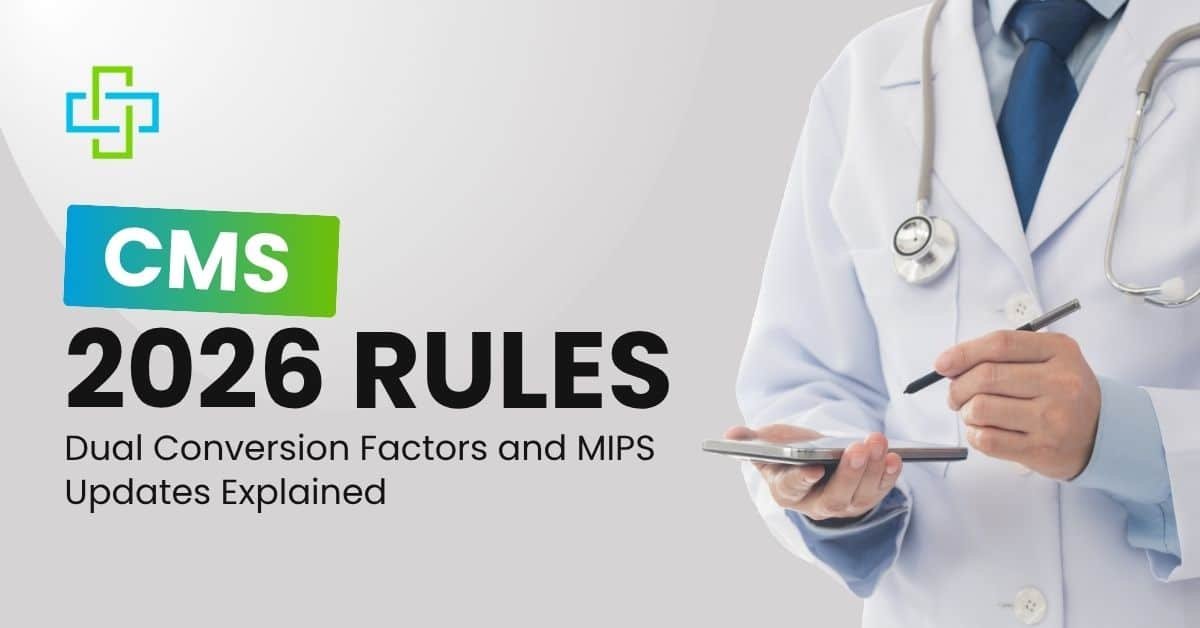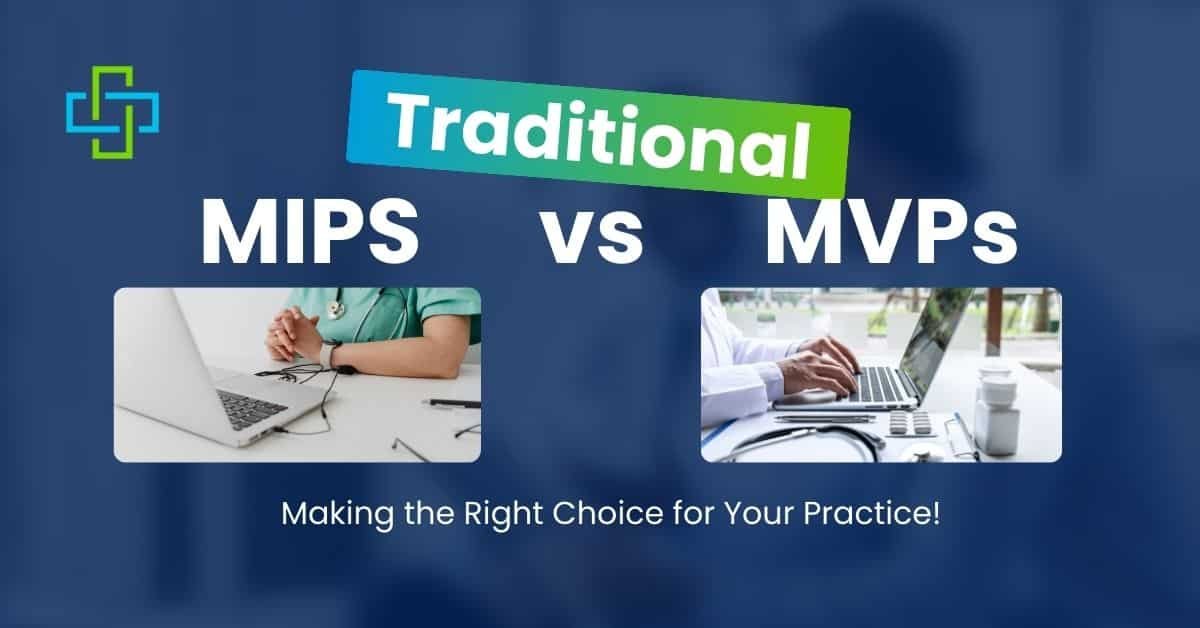Healthcare practices frequently struggle to distinguish between medical billing vs revenue cycle management, despite these processes having distinct roles in practice operations. When practices don’t understand what each process does, they often make expensive mistakes in how they manage their finances.
Medical billing focuses on submitting claims and collecting payments. Revenue cycle management looks at the whole picture, from when a patient schedules an appointment to when the final payment comes in. Getting both right means getting paid faster and keeping more of what the practice earns.
What is Medical Billing?
If we were on the topic of medical billing vs revenue cycle management, medical billing is just one piece of the puzzle. It focuses on sending claims to insurance companies and getting paid for services you already provided. Think of it as the paperwork side of healthcare money management that medical billing consulting services do.
Medical billing includes:
- Creating and sending insurance claims
- Following up on unpaid claims
- Handling claim denials
- Processing patient payments
- Managing basic billing software
Most medical billing vs revenue cycle management consulting services focus only on these tasks. They help practices get better at the paperwork part, but they don’t look at the bigger picture. As industry experts explain, medical billing is essentially a subset of the larger revenue cycle process, handling only the post-service financial activities.
What is Revenue Cycle Management?
Revenue cycle management encompasses a comprehensive approach that extends far beyond traditional billing functions. This methodology addresses the complete financial workflow, spanning from initial patient contact through final payment collection. Unlike medical billing’s narrow focus, revenue cycle management examines and optimizes each interconnected component of healthcare financial operations.
The scope of revenue cycle management services includes:
- Patient scheduling and registration systems
- Insurance eligibility verification and authorization processes
- Comprehensive medical coding and documentation
- Claims submission and denial management
- Patient payment processing and collections
- Financial analytics and performance reporting
- Workflow optimization and staff development
Healthcare organizations utilizing revenue cycle management services benefit from integrated oversight of their entire financial ecosystem. According to recent industry analysis, this holistic approach streamlines revenue flow by identifying bottlenecks and inefficiencies across multiple operational touchpoints. The methodology recognizes that financial health depends on seamless coordination between front-office operations, clinical documentation, billing processes, and collection activities.
Medical Billing vs Revenue Cycle Management: The Key Differences
The fundamental distinction between medical billing vs revenue cycle management lies in operational scope and implementation timeline. These differences significantly impact healthcare practices’ financial performance and operational efficiency.
Medical Billing:
- Initiates after service delivery
- Concentrates on claim processing and payment collection
- Addresses issues reactively as they arise
- Limited to post-visit financial activities
- Typically operates on a per-claim fee structure
Revenue Cycle Management:
- Begins with patient scheduling and registration
- Encompasses complete financial workflow from initial contact to final payment
- Implements proactive measures to prevent revenue leakage
- Provides comprehensive financial oversight across all touchpoints
- Usually structured around percentage-based collection fees
Healthcare practices increasingly integrate quality reporting requirements into their financial operations. Many organizations partner with a MIPS reporting company to ensure compliance with Medicare quality measures while optimizing revenue collection. This integration becomes particularly important as value-based care models continue to reshape healthcare reimbursement structures.
Modern revenue cycle management solutions often incorporate quality reporting capabilities, allowing practices to coordinate MIPS compliance with financial performance tracking. This dual approach helps healthcare organizations meet regulatory requirements while maintaining optimal cash flow and collection rates.
Which Approach Gets Better Results?
For medical billing vs revenue cycle management, healthcare organizations implementing comprehensive revenue cycle management consistently demonstrate superior financial outcomes compared to those relying solely on medical billing services. Industry data supports this performance differential through measurable improvements in key financial metrics.
The proactive nature of revenue cycle management delivers tangible benefits through early intervention strategies. For instance, insurance eligibility verification before patient visits prevents the costly scenario of providing services to patients with inactive or inadequate coverage. This preventive approach addresses potential revenue loss before it occurs.
Traditional medical billing vs revenue cycle management operates within a reactive framework, addressing financial issues only after they manifest. This delayed response often results in revenue recovery challenges, extended collection cycles, and increased administrative costs. Market analysis indicates that practices utilizing standalone billing services face higher rates of claim denials and longer payment cycles.
The Bottom Line
Understanding medical billing vs revenue cycle management helps you make smart choices about your practice’s financial future. While medical billing handles the paperwork, revenue cycle management improves your entire money-making process.
Smart healthcare providers know that revenue cycle management delivers better results than basic medical billing.
Healthcare practices seeking to improve their financial performance and remain competitive in the expanding healthcare market should evaluate comprehensive revenue cycle management solutions. Prime Well Med Solutions offers detailed online guides and resources that help healthcare organizations understand revenue cycle optimization strategies, implement best practices, and navigate the complexities of modern healthcare financial management.
Maybe You Need to Read:
5 Benefits of Outsource Medical Billing – A Quick Guide for 2025
5 Best Practices to Streamline Your Medical Billing Program Workflow
How to Streamline Reimbursements with Efficient Medical Billing Systems?





